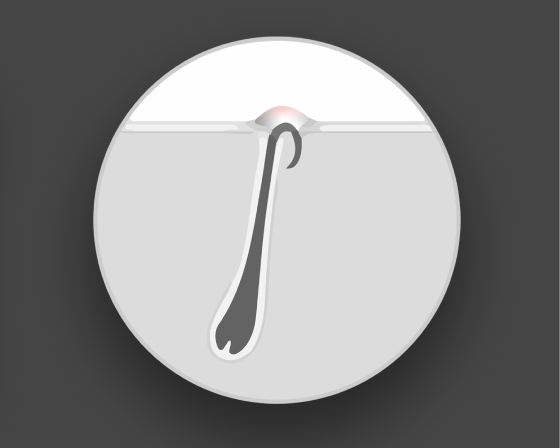FEELING THE GRAIN WITH YOUR FINGERS
The easiest time to find the grain is when you have a couple of days of growth on your face. Run your fingers across each part of your beard in all directions. The direction that feels most resistant against your fingers is against the grain. You want to shave in the opposite direction, following the path that offers the least resistance against your fingers or the blade of the razor.
EACH MAN HAS HIW OWN UNIQUE FACIAL HAIR GROWTH PATTERN
TAKING THE TIME TO MAP YOUR BEARD GROWTH DIRECTIONS
Each man has his own unique facial hair growth pattern, although there are a few similarities that apply to most people. For example, hair in the mustache area and on the chin usually grows downward. In contrast, neck hair usually grows upward and often slightly towards the center of the throat. However, there is a lot of variation between individuals, so you need to take the time to become familiar with your own facial hair.
When getting to know how your beard grows, you need to pay close attention to those parts of the face where the grain changes direction. These are the places where you want to end one stroke and start another. You will probably find that a sharp change of direction occurs around your jawline. Note that the left and right sides of your face may not be exactly symmetrical, so you need to map both sides carefully.
Before you take each stroke with the razor, use your fingers to feel the direction of growth. This ensures that you will be shaving with the grain on every stroke. Once you have been through this process several times, you will get to know your own beard and get into the habit of shaving with the grain every time.
Wet shaving with a quality single-blade razor is another way to help reduce skin irritation and razor bumps. These razors can glide across the skin to give a very comfortable shave while helping to reduce razor bumps that can be caused by the multiple blades of a modern cartridge razor. Ensure that the blade of your razor is always sharp so that it can easily slice through the hairs.

